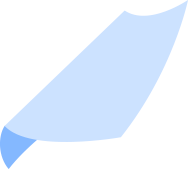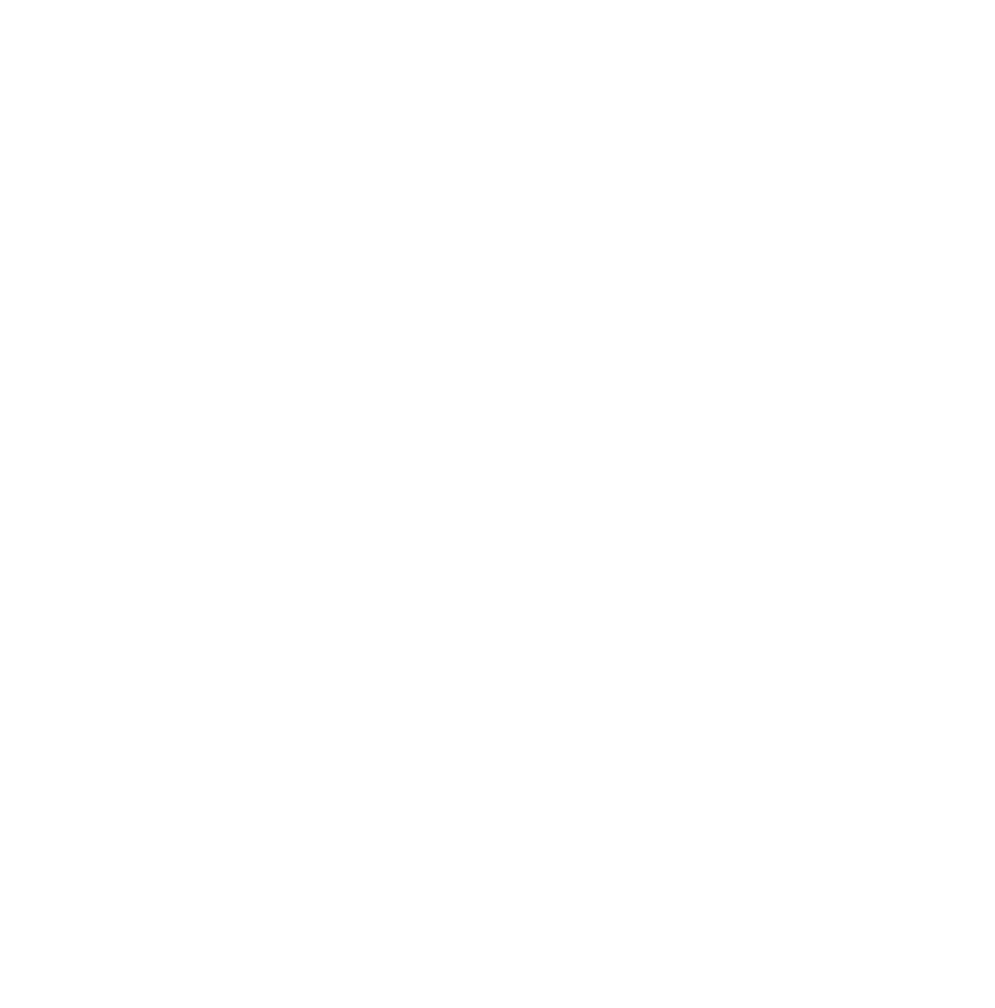Riforestazione per lo sviluppo rurale della regione del Debub - Eritrea



I cambiamenti climatici in Eritrea
Tutta la popolazione eritrea è chiamata a partecipare a questa iniziativa promossa dal governo locale. Dagli studenti delle scuole superiori alle comunità locali, adulti e anziani. A tale scopo, nel Paese sono nate circa seicento associazioni dedite al verde. Varie comunità locali hanno varato ordinanze per proteggere gli alberi. Lo scorso anno, in Eritrea sono stati piantati 3 milioni di alberi. Il fusto preferito è l’eucalipto perché cresce in fretta e perché il suo legno può essere usato nelle costruzioni. Ma spesso vengono piantati ulivi, pini, acacie e altre piante locali. L’obiettivo del governo è di arrivare al 10% di riforestazione entro il 2027 in tutto il Paese. E da 200.000 ettari si è arrivati a 615.000. Di recente l’Eritrea è diventata parte del “Great Green Wall”, iniziativa per piantare alberi ai confini del Sahara e prevenire la desertificazione. Un progetto che coinvolge comunità locali nella gestione del territorio. Il “Grande Muro Verde” servirà a fermare l’emissione di 250milioni di tonnellate di CO2. Questo impulso darà lavoro a circa 350.000 persone. Anche il VIS e i salesiani si impegna a partecipare al processo di riforestazione del paese, per garantire alle comunità locali il diritto a vivere in un ambiente sano e sostenibile, in linea con le tendenze della comunità internazionale.


Il progetto prevede il coinvolgimento di 40 donne selezionate tra coloro che vivono in condizioni di vulnerabilità, donne disoccupate e/o sole alla guida della famiglia, vittime di violenze e discriminazioni.
Ogni donna, dopo aver firmato un contratto di lavoro con i salesiani, riceverà una formazione di base per attività di cura dell’ambiente, giardinaggio e ri/afforestazione e riceverà utensili e altri materiali utili per lavorare. Le donne riceveranno un compenso per la loro attività.
L’azione di rimboschimento dell’area di Dekemhare è stata già avviata, in linea con l’esortazione del governo eritreo, e ha già messo a dimora 8.000 alberi su un terreno di circa 5 ettari. L’azione va avanti grazie al sostegno di donatori e benefattori. Con il presente progetto si vuole dare continuità all’azione per almeno altri 12 mesi, piantumando nuovi alberi e curando quelli precedentemente piantati. Al fine di garantire la massima sostenibilità ambientale, saranno selezionate solo specie arboree autoctone: eucalipti, caffè, jacaranda e acacie.
Il progetto, oltre alla cura urgente dell’ambiente locale soggetto a desertificazione, vuole anche restituire una dignità alle donne permettendo loro di lavorare e di poter assicurare il soddisfacimento dei bisogni primari per sé e per i propri figli. Questo tipo di azione è stato già sviluppato dai Salesiani di Don Bosco in Eritrea e ha prodotto i seguenti effetti positivi:
1. le famiglie guidate da donne sole sono in grado di soddisfare i loro bisogni di base;
2. l’azione fornisce alle donne sole e in condizioni vulnerabilità una maggiore autostima e
promuove la cultura del lavoro;
3. aumenta l’area coperta dalle azioni di imboschimento e aumenta la sopravvivenza degli alberi piantati, e migliora la sostenibilità ambientale;
4. contribuisce alla lotta alla desertificazione e al cambiamento climatico.
Grazie a questa collaborazione si tenderà a raggiungere l’obiettivo di piantare in un anno circa 2.000 alberi/piante e di ri/afforestare circa 1 ettaro di terreno nell’area.
Gaw Web Agency
We firmly believe that the internet should be available and accessible to anyone, and are committed to providing a website that is accessible to the widest possible audience, regardless of circumstance and ability.
To fulfill this, we aim to adhere as strictly as possible to the World Wide Web Consortium’s (W3C) Web Content Accessibility Guidelines 2.1 (WCAG 2.1) at the AA level. These guidelines explain how to make web content accessible to people with a wide array of disabilities. Complying with those guidelines helps us ensure that the website is accessible to all people: blind people, people with motor impairments, visual impairment, cognitive disabilities, and more.
This website utilizes various technologies that are meant to make it as accessible as possible at all times. We utilize an accessibility interface that allows persons with specific disabilities to adjust the website’s UI (user interface) and design it to their personal needs.
Additionally, the website utilizes an AI-based application that runs in the background and optimizes its accessibility level constantly. This application remediates the website’s HTML, adapts Its functionality and behavior for screen-readers used by the blind users, and for keyboard functions used by individuals with motor impairments.
If you’ve found a malfunction or have ideas for improvement, we’ll be happy to hear from you. You can reach out to the website’s operators by using the following email
Our website implements the ARIA attributes (Accessible Rich Internet Applications) technique, alongside various different behavioral changes, to ensure blind users visiting with screen-readers are able to read, comprehend, and enjoy the website’s functions. As soon as a user with a screen-reader enters your site, they immediately receive a prompt to enter the Screen-Reader Profile so they can browse and operate your site effectively. Here’s how our website covers some of the most important screen-reader requirements, alongside console screenshots of code examples:
Screen-reader optimization: we run a background process that learns the website’s components from top to bottom, to ensure ongoing compliance even when updating the website. In this process, we provide screen-readers with meaningful data using the ARIA set of attributes. For example, we provide accurate form labels; descriptions for actionable icons (social media icons, search icons, cart icons, etc.); validation guidance for form inputs; element roles such as buttons, menus, modal dialogues (popups), and others. Additionally, the background process scans all the website’s images and provides an accurate and meaningful image-object-recognition-based description as an ALT (alternate text) tag for images that are not described. It will also extract texts that are embedded within the image, using an OCR (optical character recognition) technology. To turn on screen-reader adjustments at any time, users need only to press the Alt+1 keyboard combination. Screen-reader users also get automatic announcements to turn the Screen-reader mode on as soon as they enter the website.
These adjustments are compatible with all popular screen readers, including JAWS and NVDA.
Keyboard navigation optimization: The background process also adjusts the website’s HTML, and adds various behaviors using JavaScript code to make the website operable by the keyboard. This includes the ability to navigate the website using the Tab and Shift+Tab keys, operate dropdowns with the arrow keys, close them with Esc, trigger buttons and links using the Enter key, navigate between radio and checkbox elements using the arrow keys, and fill them in with the Spacebar or Enter key.Additionally, keyboard users will find quick-navigation and content-skip menus, available at any time by clicking Alt+1, or as the first elements of the site while navigating with the keyboard. The background process also handles triggered popups by moving the keyboard focus towards them as soon as they appear, and not allow the focus drift outside it.
Users can also use shortcuts such as “M” (menus), “H” (headings), “F” (forms), “B” (buttons), and “G” (graphics) to jump to specific elements.
We aim to support the widest array of browsers and assistive technologies as possible, so our users can choose the best fitting tools for them, with as few limitations as possible. Therefore, we have worked very hard to be able to support all major systems that comprise over 95% of the user market share including Google Chrome, Mozilla Firefox, Apple Safari, Opera and Microsoft Edge, JAWS and NVDA (screen readers).
Despite our very best efforts to allow anybody to adjust the website to their needs. There may still be pages or sections that are not fully accessible, are in the process of becoming accessible, or are lacking an adequate technological solution to make them accessible. Still, we are continually improving our accessibility, adding, updating and improving its options and features, and developing and adopting new technologies. All this is meant to reach the optimal level of accessibility, following technological advancements. For any assistance, please reach out to